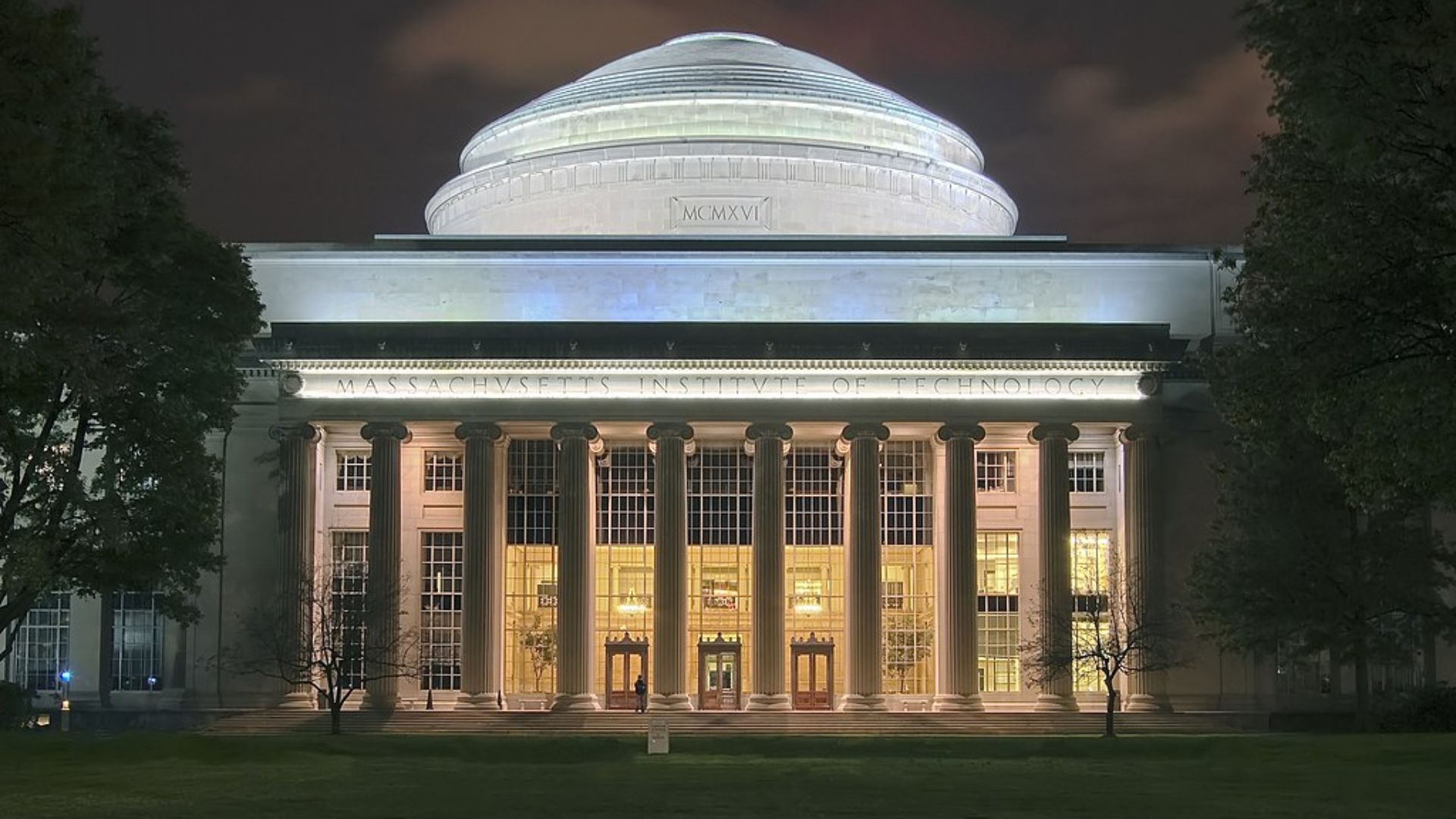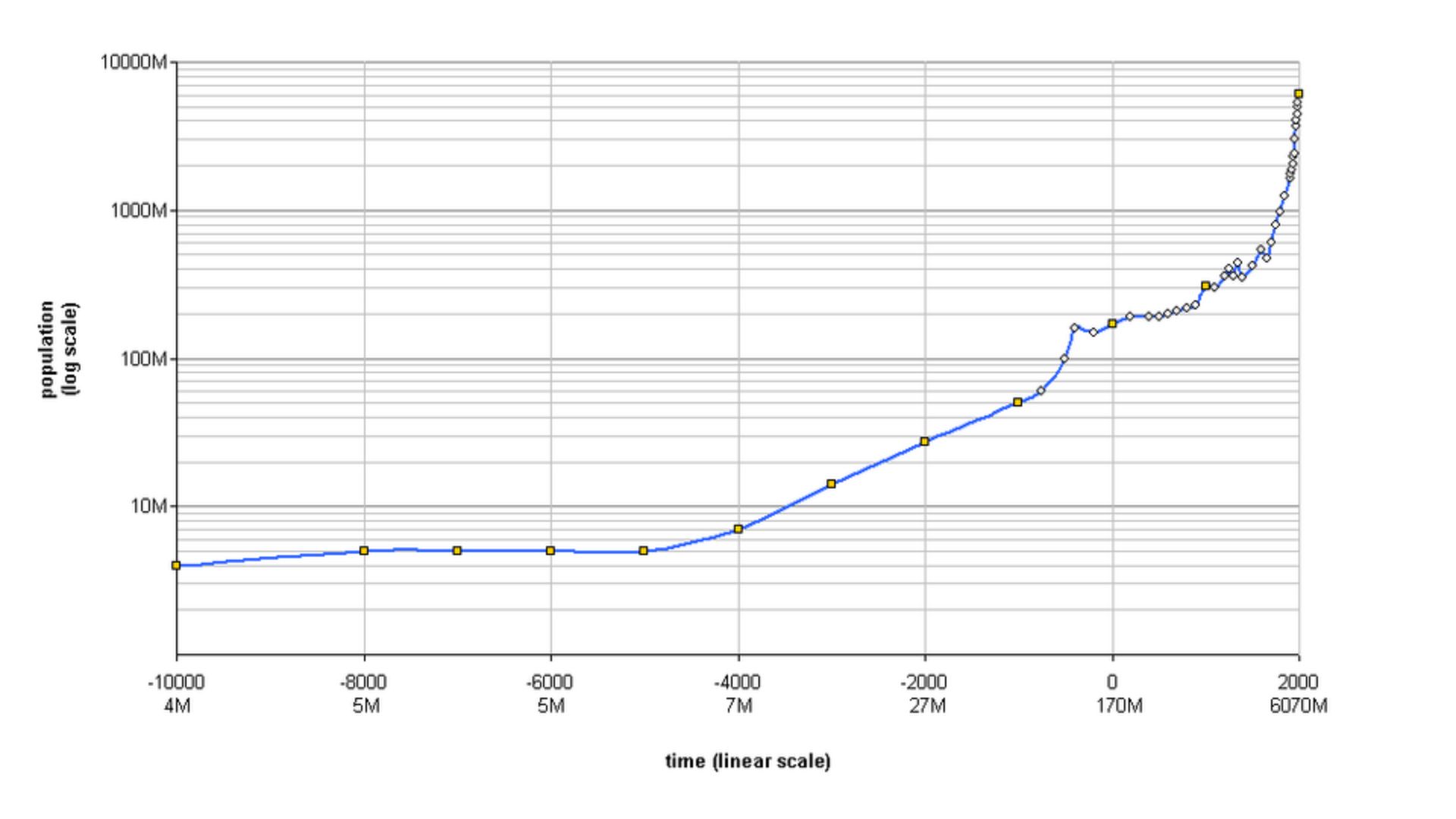
A study published by MIT researchers in 1972 predicted that society would begin to fall and inevitably collapse by 2040. They predicted rapid economic growth that would eventually collapse society in the mid-21st century. New research confirms that we are exactly on track for this inevitability based on the study of 10 key variables.
The Original Study

The original study was conducted in 1972 when MIT scientists gathered to study and identify the risks and warning signs of societal collapse. They used a dynamic model to identify “limits of growth”, or factors that would prevent civilizations from progressing and would eventually force them to regress.
Limits to Growth

Limits to Growth (LtG) are largely due to the overuse and exploitation of our planet’s resources. This has long been a field of study for scientists who are concerned with how our rapid growth will impact our environment and society.
New Research Confirms Previous Speculation

More recently, in 2020, Gaya Herrington completed a study to examine the MIT research and see if it holds up today. She dove into the empirical evidence since the original study was published to identify if we are on track with the predictions of the MIT researchers. She stated, “Given the unappealing prospect of collapse, I was curious to see which scenarios were aligning most closely with empirical data today”.
The New Research Model

Herrington examines 10 variables to analyze if we are indeed on track to societal collapse based on the LtG model. The key variables she examined were: population, fertility rates, mortality rates, industrial output, food production, services, non-renewable resources, persistent pollution, human welfare, and ecological footprint.
Findings

Her findings aligned with the previous research, which indicates a dramatic halt in growth and progress within a decade. She explained that this does not mean that humanity will not exist, but rather that economic and industrial progress will stop. Then, in 2040, it will decline, and society will regress in a dramatic way.
From Growth to Survival

Over the past 200 years, society has seen massive economic growth. This growth has defined our civilization and allowed for growth in many other aspects. However, based on the model, a decline in the economy would mark a shift in a growth-based society to survival mode. Our modern society is not prepared to handle a shift of this nature.
Food System Failure

The other major area of decline that would lead to societal collapse is the failure of the food system. The rapid overuse of resources will lead to soil degradation and extreme climate shifts, which will disrupt the food system stability. Decline of the food system will make certain populations extremely vulnerable, and social unrest would immediately follow.
Can We Reverse the Trajectory?

Herrington explained that it is not too late to turn things around, though it will not be easy. She stated, “The necessary changes will not be easy and pose transition challenges but a sustainable and inclusive future is still possible”. Changing the priorities of our society will be critical to stall and then reverse the decline.
Vital Implications

The decisions we make as a society over the next 10 years will have vital implications on how society survives. Herrington shares that she feels the most important takeaway from her research is that it’s not too late to create a sustainable society that benefits everyone. It just requires collaboration and a willingness to change.